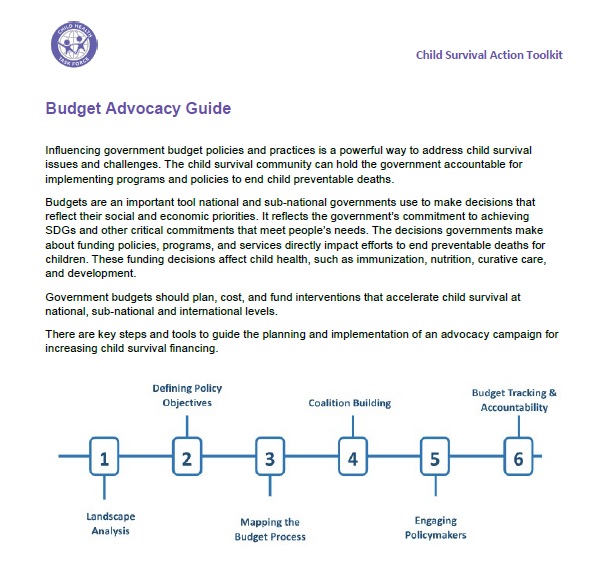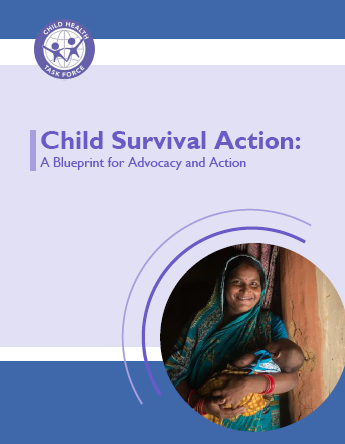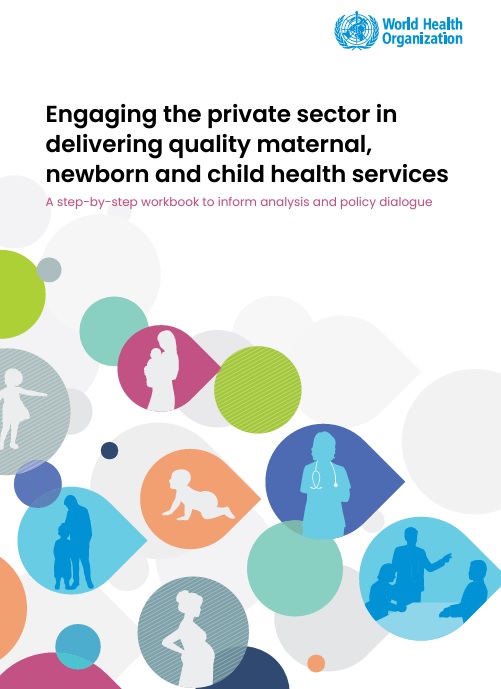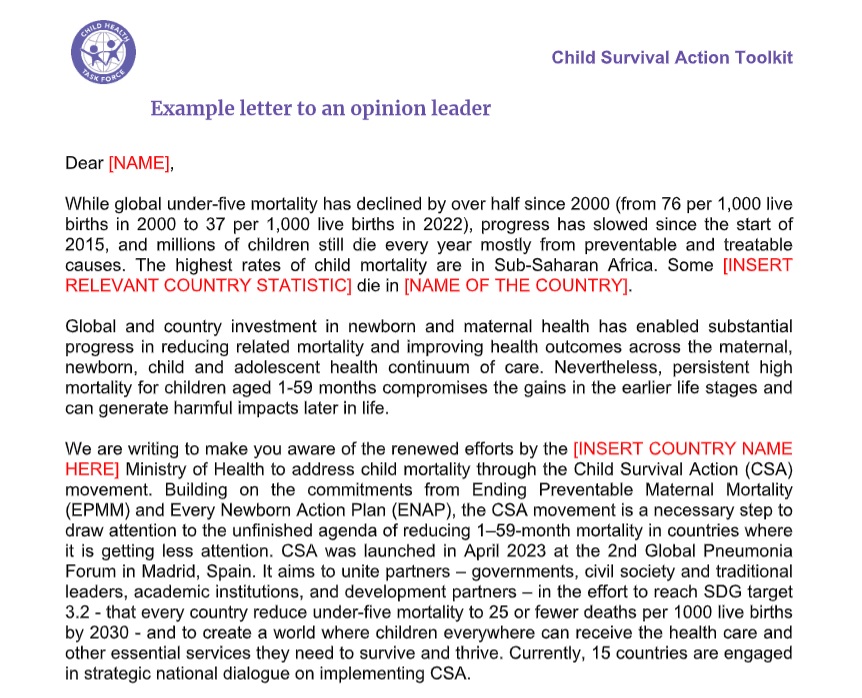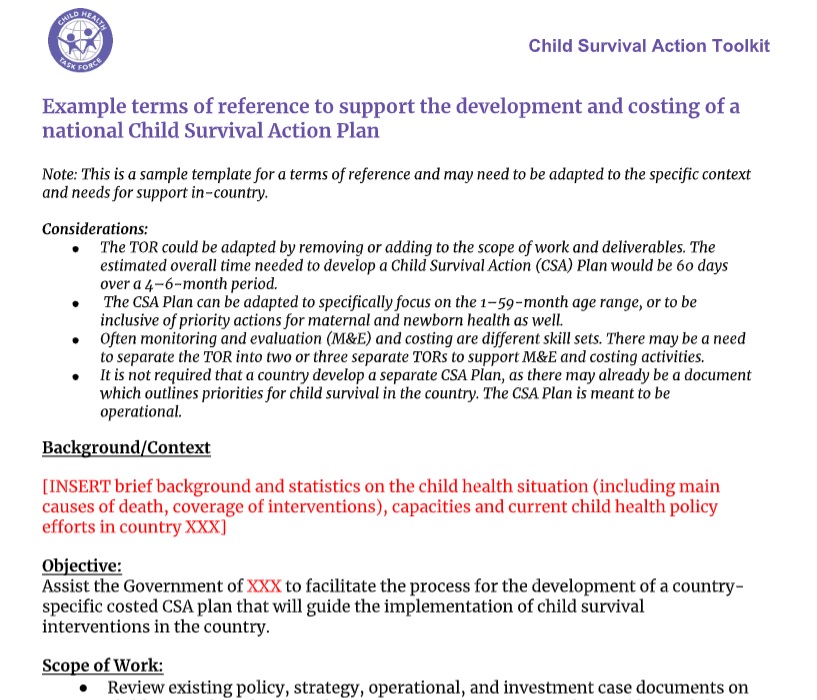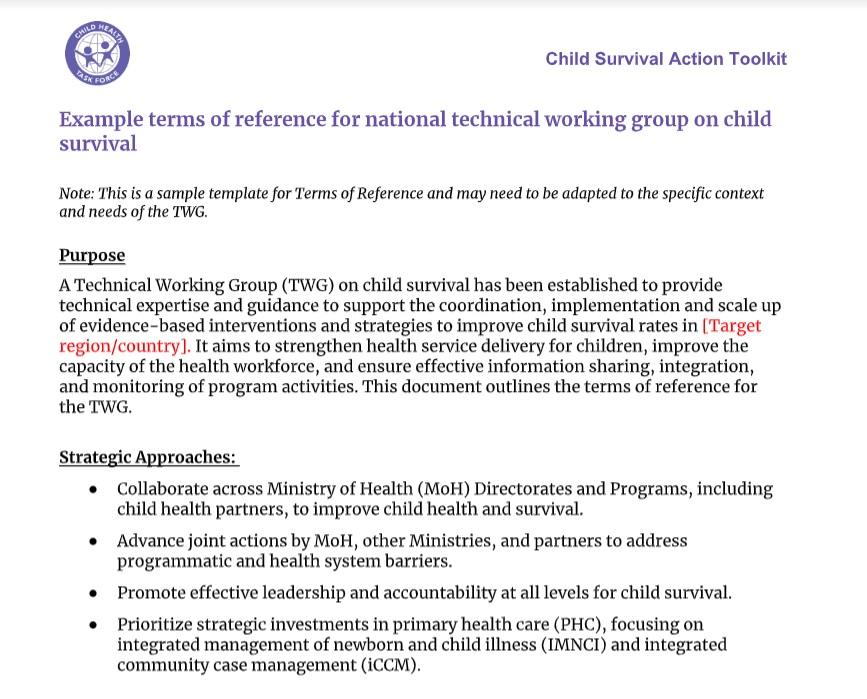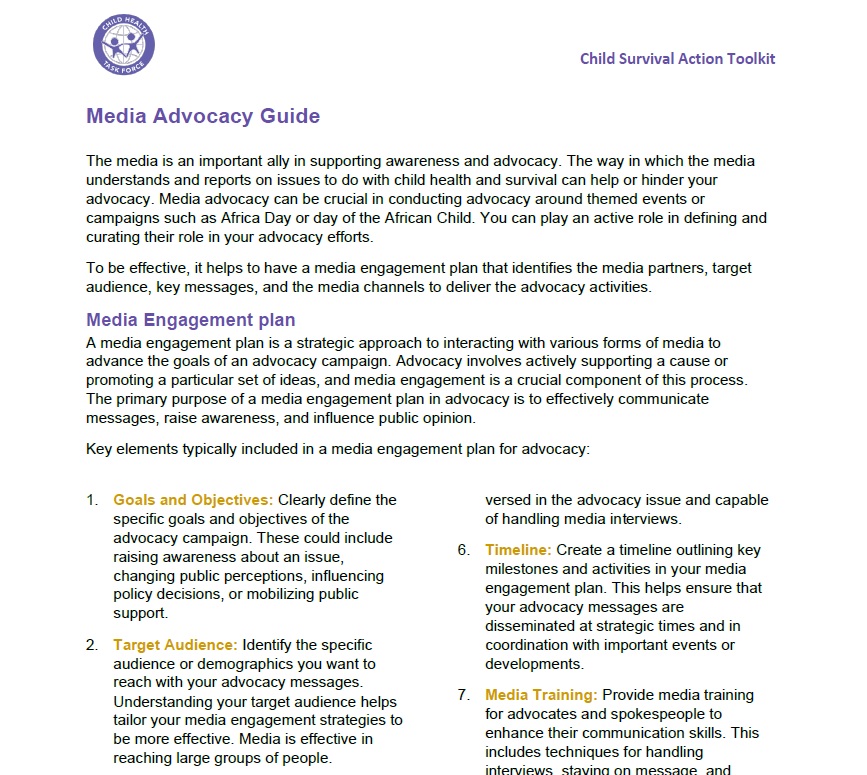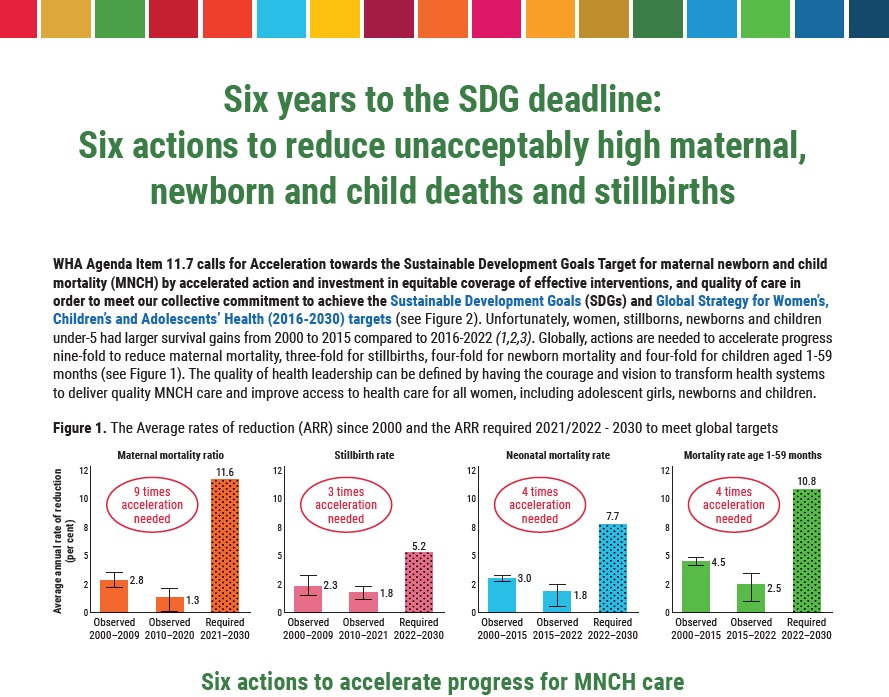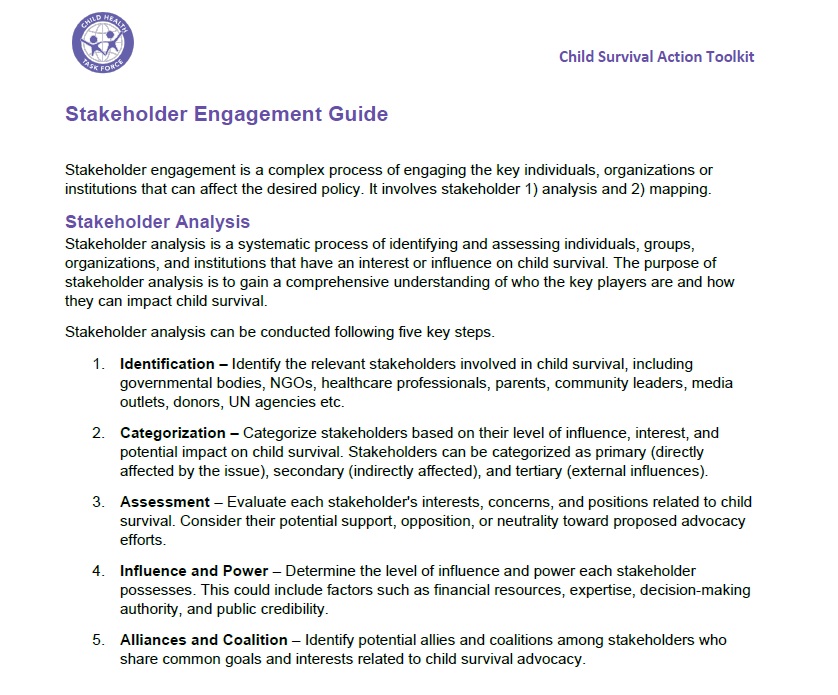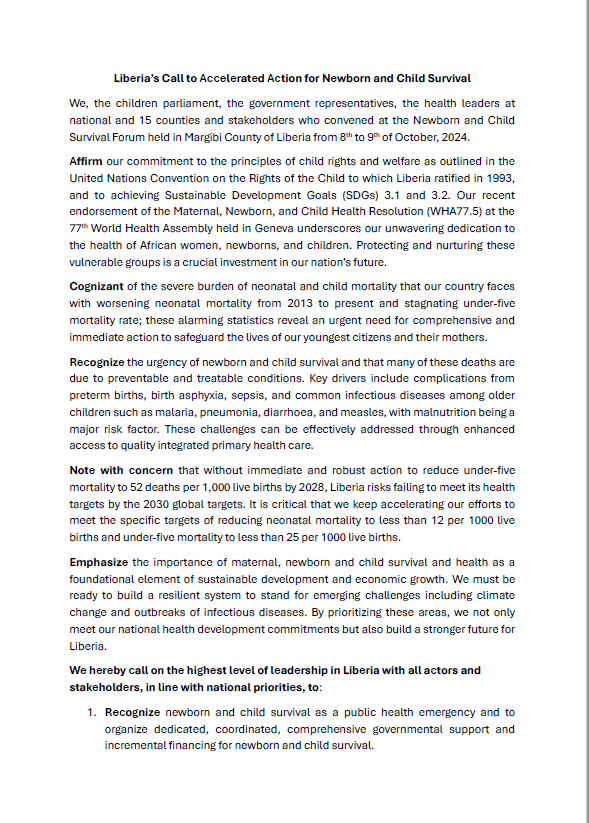Advocacy, at its core, is an active engagement with individuals to instigate behavioral change. In the realm of policy advocacy, this engagement takes on two distinct forms. Firstly, it involves safeguarding a favorable situation that is perceived to be under threat from impending changes. For instance, if there is a risk of reducing resources for child health programs in a proposed budget, it becomes essential to advocate to policymakers, urging them to maintain the status quo. Secondly, policy advocacy entails pushing for a departure from the existing state, prompting policymakers to institute new policies. Both scenarios demand constant vigilance, necessitating ongoing monitoring of the policy landscape that directly impacts child health programming.
Conducting Effective Policy Advocacy: Key Steps and Relevant Details
The following are the key steps involved in conducting policy advocacy. The process is iterative as you will continue to add feedback and lessons learnt throughout the process.

Stakeholders
Targeting & Engagement
Identifying Target Audience: Clearly define the target audience for your advocacy efforts. This could include policymakers, community leaders, or the public, depending on the nature of the advocacy issue. Specific who holds the power to enact the desired change.
Desired Action: Clearly articulate the desired action from the target audience. Whether it's policy changes, resource allocation, or behavioral shifts, define the specific outcomes expected from your advocacy efforts.

Messages
Crafting Impactful Communication
Key Messages: Identify clear and concise messages that resonate with the target audience. These messages should align with the needs, values, and priorities of the audience. For instance, if advocating for child health, messages may emphasize the long-term societal benefits and economic advantages of investing in children's well-being.
Audience Alignment: Understand the specific needs, values, and priorities of the target audience. Tailor your messages to address these factors, ensuring a more compelling and relatable advocacy narrative.

Communication Channels
Strategic Approach
Effect Channels: Determine the most effective communication channels to reach the identified stakeholders. This could involve a combination of traditional media, social media platforms, community engagement events, or direct outreach to decision makers.
Tailored Messaging: Adapt your messaging for each communication channel to maximize resonance. Utilize visuals, storytelling, and data where appropriate to enhance the effectiveness of your communication strategy.

Monitoring & Evaluations
Assessing Impact & Iteration
Results and Impact: Establish clear metrics to measure the results and impact of your advocacy efforts. This could include policy changes, increased awareness, or shifts in public opinion. Regularly monitor progress against these metrics.
Continuous Improvement: Implement a robust monitoring and evaluation framework that allows for continuous improvement. Collect feedback, analyze the effectiveness of your advocacy strategies, and iterate based on the insights gained. This adaptive approach ensures ongoing refinement for greater impact over time.
Policy Windows
To effectively champion the call to action and elevate child survival initiatives, it is essential to pinpoint and leverage various policy windows. Policy windows denote opportune moments to influence policy, and these can manifest during:
- Special Commemorations: Events dedicated to commemorating specific occasions present strategic opportunities to advocate for child survival action.
- Budget Periods: Aligning advocacy efforts with budget periods allows for impactful engagement, especially in influencing resource allocation for child health programs.
- Community Meetings: Local community gatherings provide a grassroots level for advocacy, fostering support and awareness among community members.
- Elections: Leveraging election cycles can significantly amplify advocacy efforts, as policymakers are often receptive to public concerns during these times.
- Regional Policy-Making Events: Participation in regional policy-making events enables engagement with a broader audience and the potential for regional policy changes.
- Global Convenings: Taking advantage of international gatherings and conferences creates platforms to advocate for global attention and collaboration on child survival.
- Corporate Social Responsibility Actions by the Private Sector: Collaboration with the private sector's corporate social responsibility initiatives can yield resources and support for child survival programs.
Mapping out these policy windows is imperative for ensuring well-coordinated and prioritized advocacy efforts. This strategic planning enhances preparedness to capitalize on these opportunities, ultimately advancing the cause of child survival.

